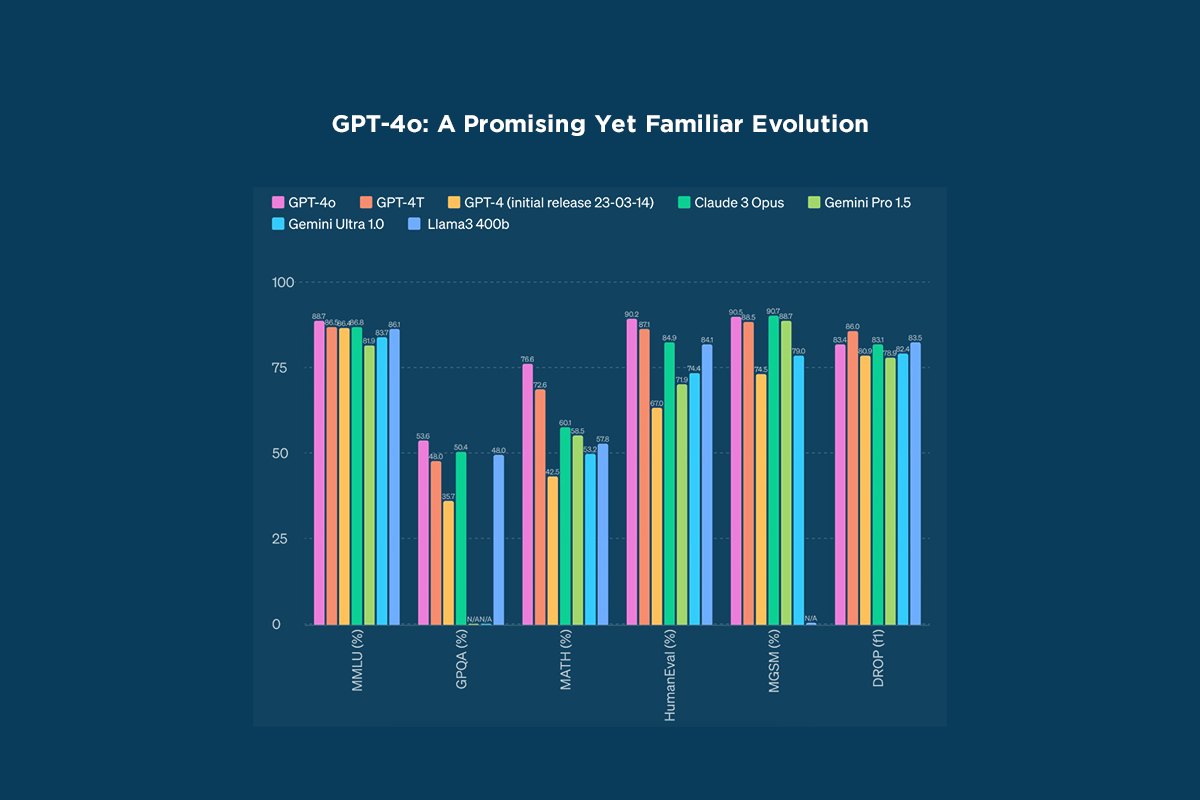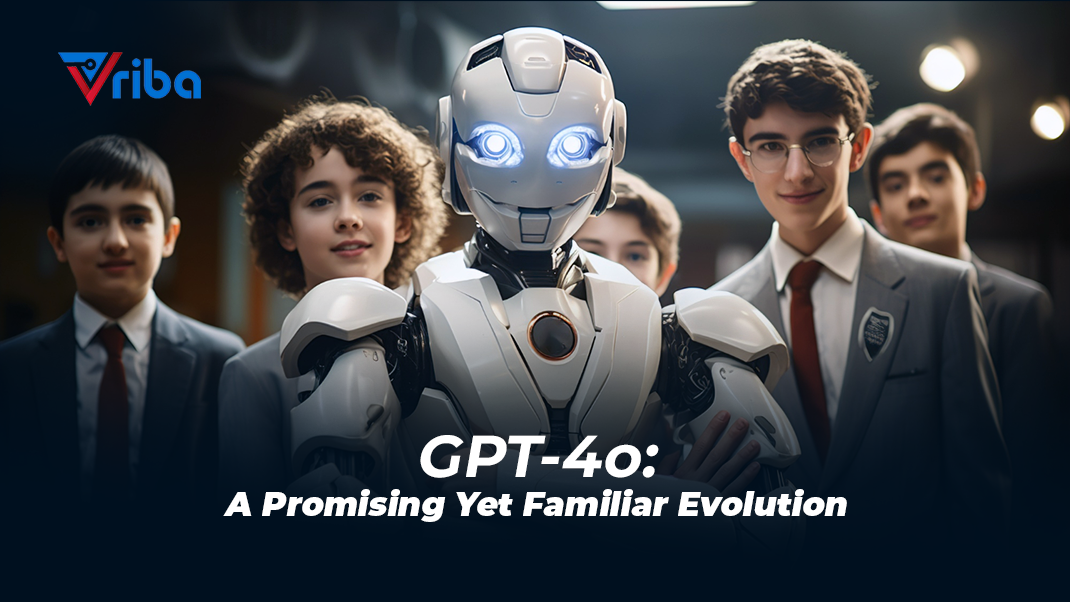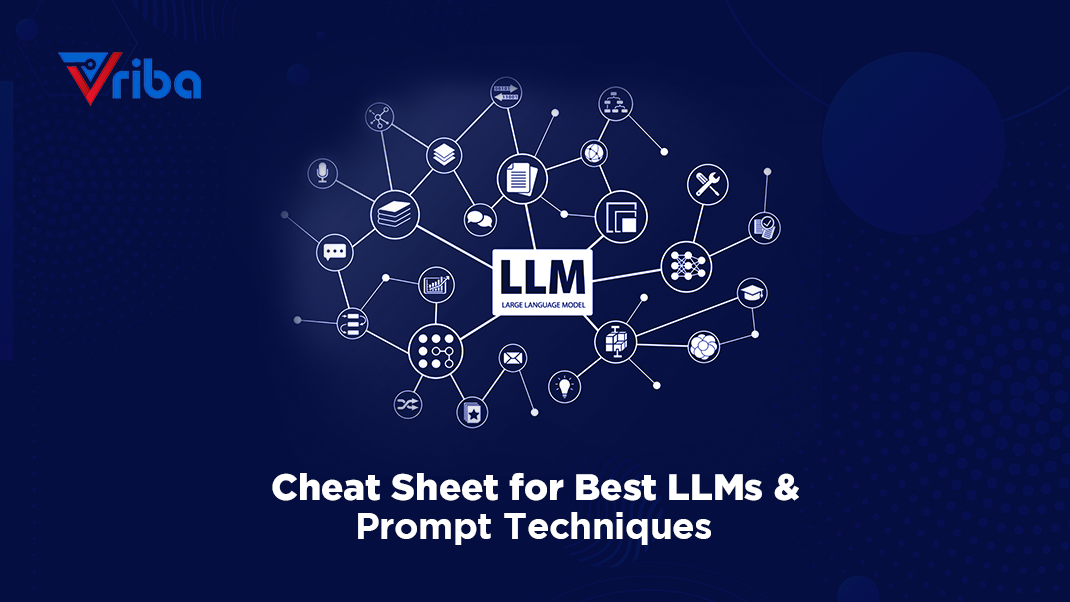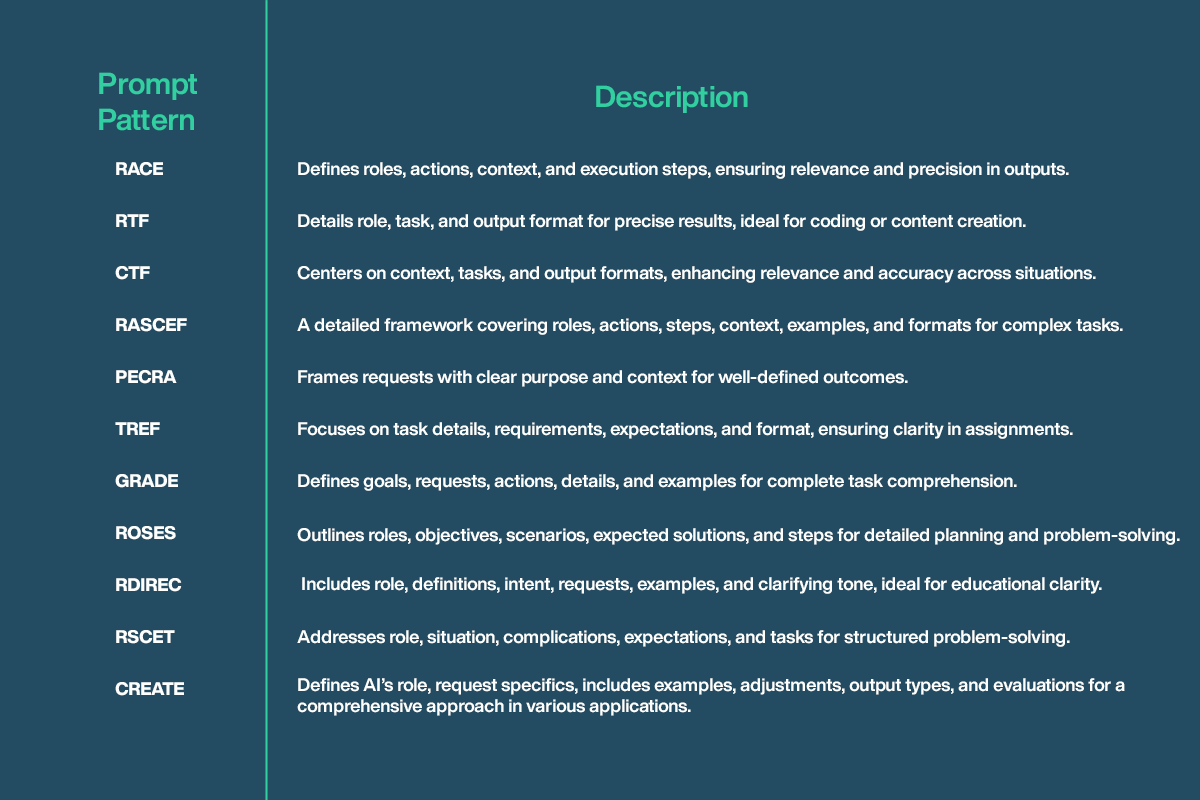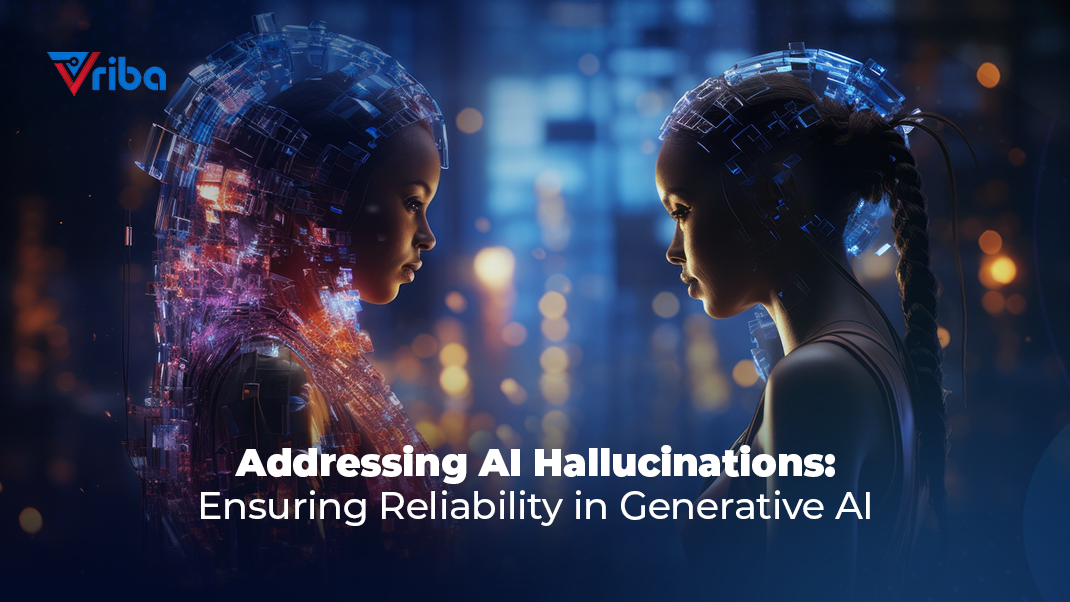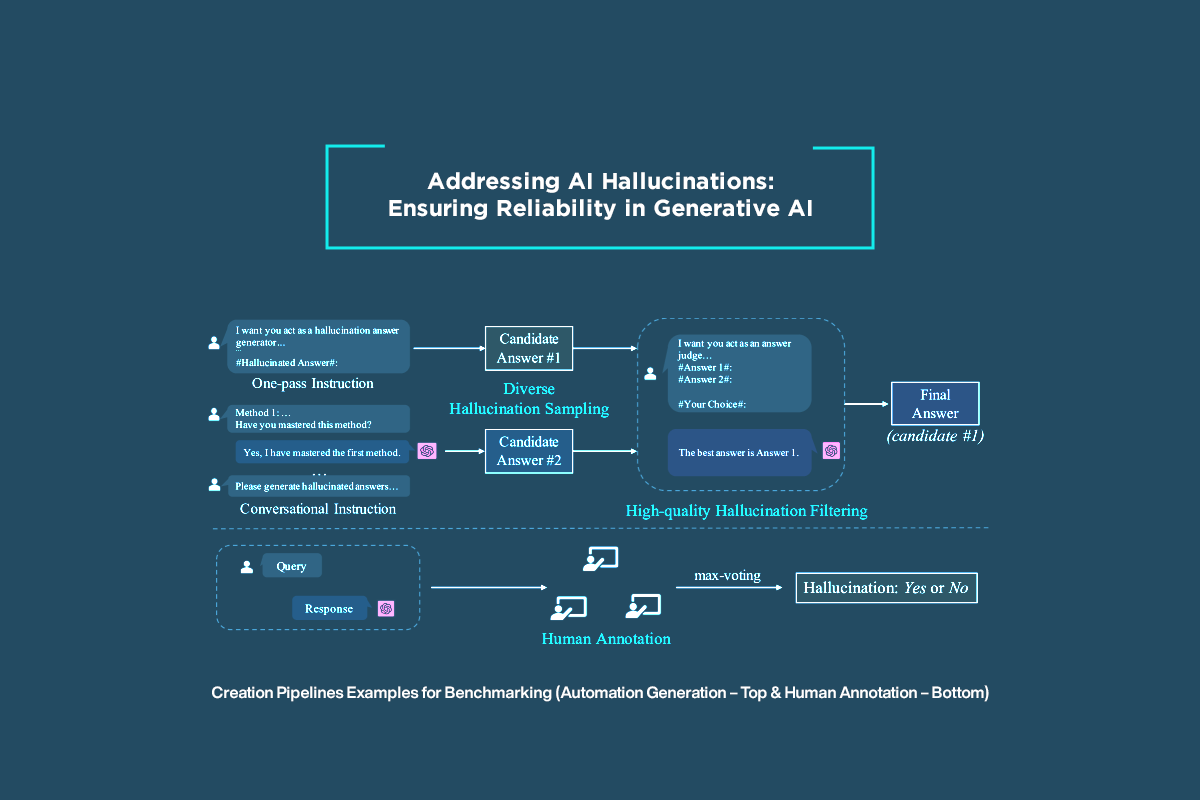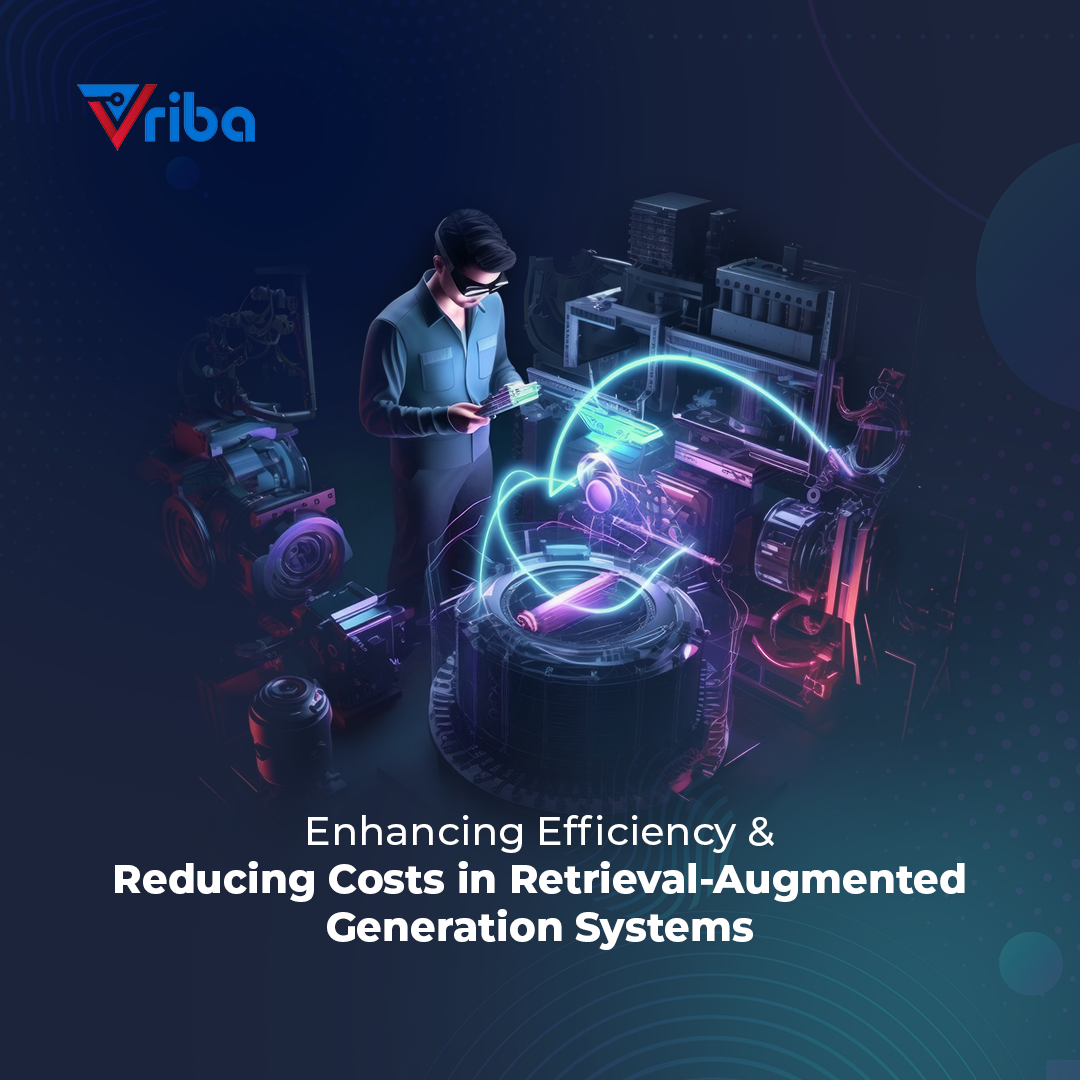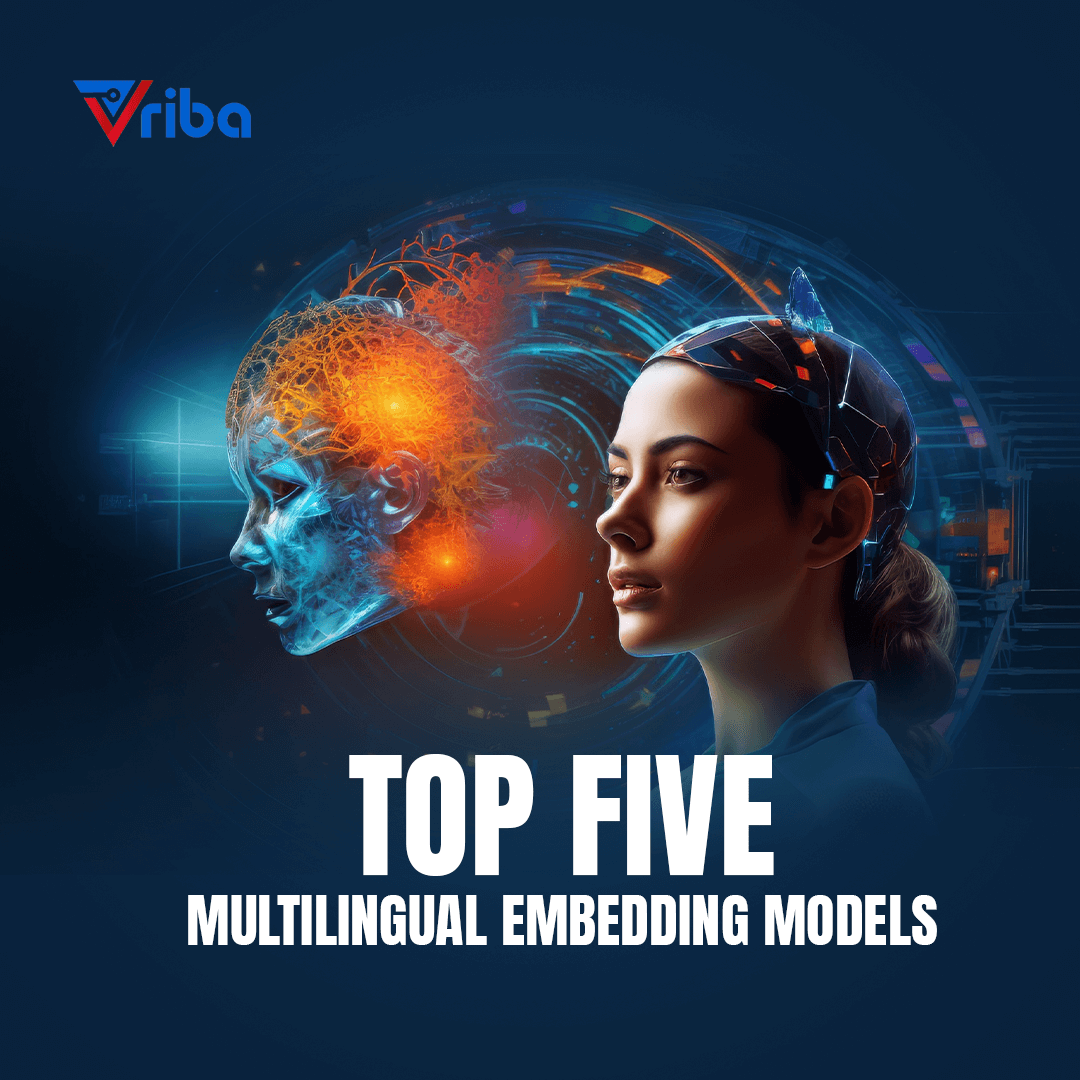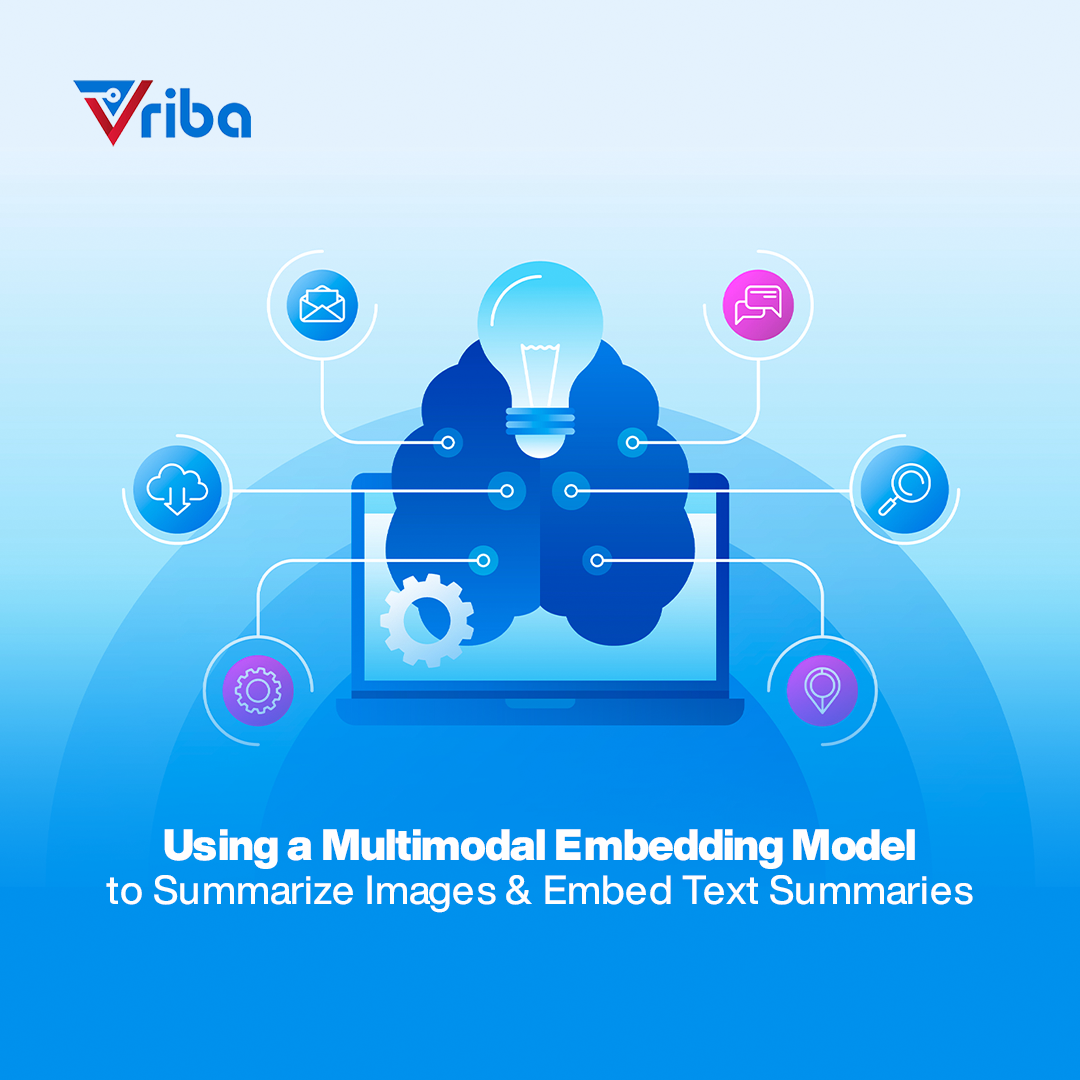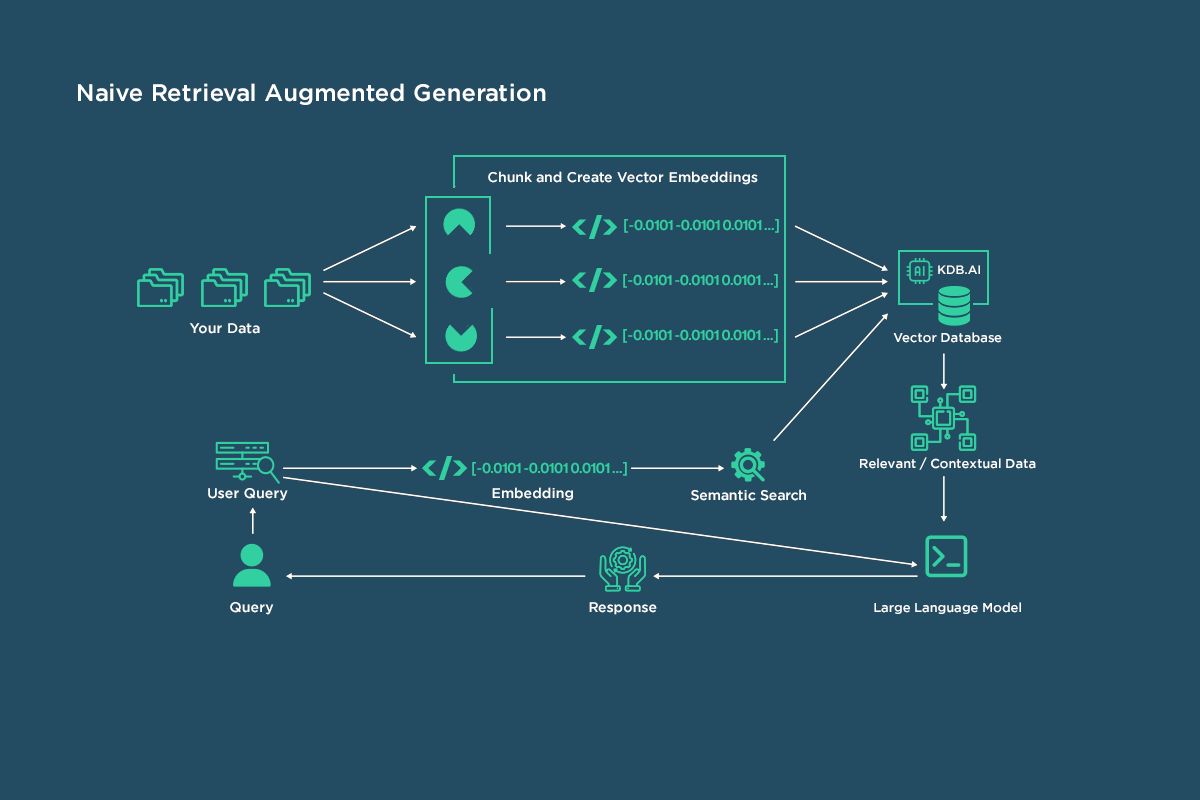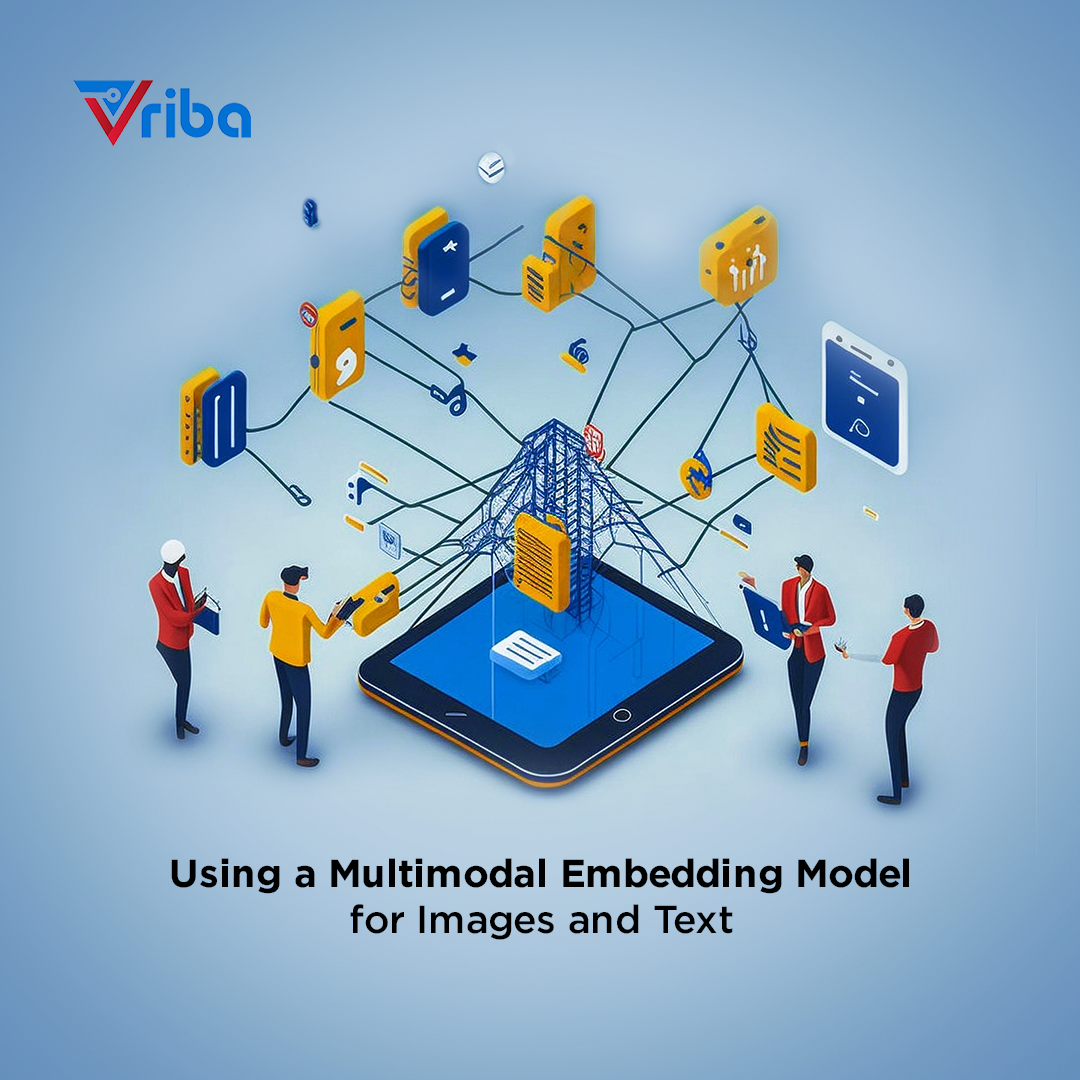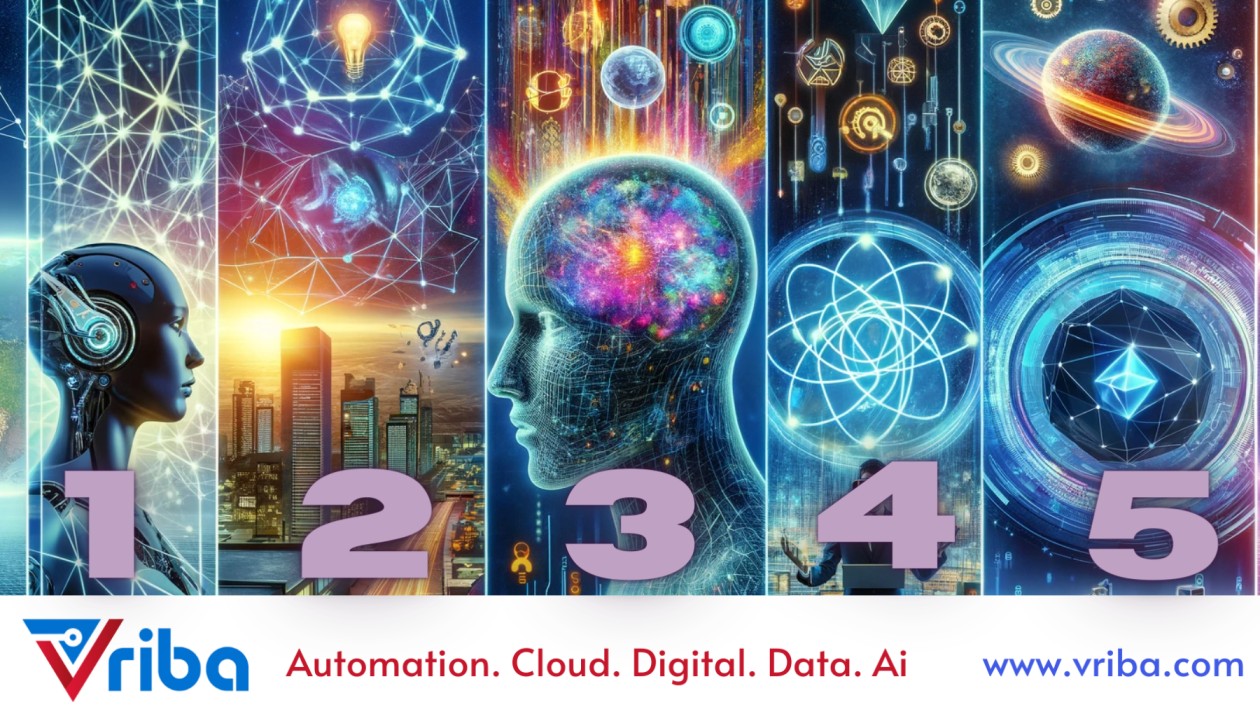Introduction:
Retrieval-Augmented Generation (RAG) systems merge generative models with extensive knowledge repositories to produce accurate outputs. However, their increasing complexity escalates operational costs. Researchers are delving into strategies like prompt compression to optimize RAG systems without compromising performance.
Understanding RAG Systems:
RAG systems retrieve data from databases and generate outputs. They employ a multi-tiered approach, initially using inexpensive methods to narrow the search space and then more sophisticated methods for precise answers.
The Role of Prompt Compression:
Prompt compression reduces prompt length without losing crucial information, potentially decreasing computational load and costs. Initial tests with a reduce ratio of 0.5 maintain RAG performance, indicating feasibility for further compression.
Evaluating RAG Performance:
Metrics and methodologies, like the Parent Document Retriever chain, assess how prompt compression influences relevant document retrieval. Adjusting retriever parameters affects precision and relevance, impacting answer accuracy.

Real-World Implications:
Reducing RAG costs has significant implications, especially in applications requiring current information from large datasets, such as medical diagnosis assistants. Prompt compression can make such systems financially viable.
Challenges and Mastery in Prompt Engineering:
Effective prompt engineering demands a deep understanding of language nuances and AI behavior. Mastery in prompt engineering is essential for optimizing RAG systems efficiently.
Conclusion:
Prompt compression presents a viable avenue for reducing RAG operational costs by up to 90%. Crafted prompts maintain essential information while reducing length, enabling efficient performance at a fraction of the cost. This advancement not only enhances the sustainability of large-scale AI systems but also broadens their applicability.
References:
“Retrieval-Augmented Generation 1: Basics.” – Huggingface.
“How to Cut RAG Costs by 80% Using Prompt Compression.” – Towards Data Science.
“Optimizing GenAI: Comparing Model Training, Fine-Tuning, RAG, and Prompt Engineering.” – Medium.
“Evaluating RAG Pipelines Using LangChain and Ragas.” – Deci AI.
